“Shh!” An urgent hush from the front of the walking convoy cascades down the path. We have been hiking through Gunung Leuser National Park for a little over an hour. Dried leaves crunch underfoot as the group hikes in single-file, excited as little kids. Would we see an orangutan? How close would we come? Or, would we return with spirits dampened by a mix of equatorial heat and a sullen feeling of disappointment? We’re told that a chance of a sighting is fair so our excitement rises with every stride we take.
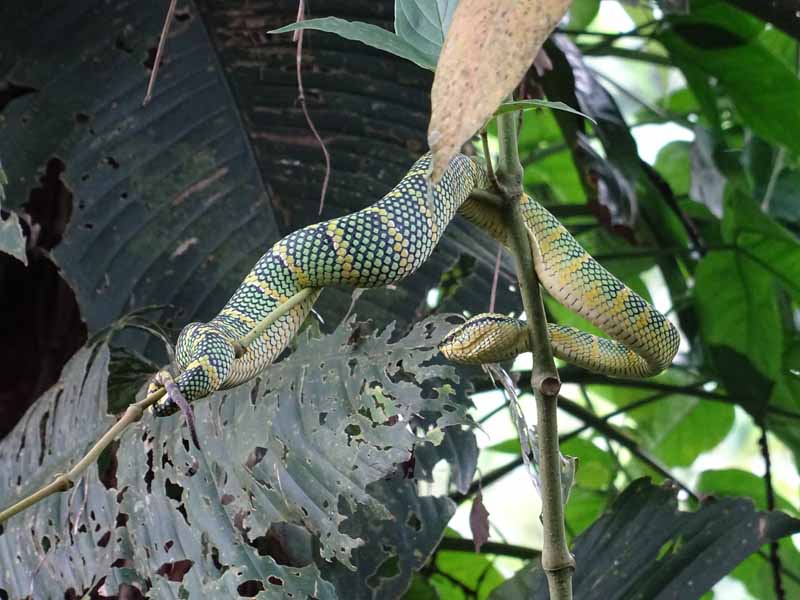
The Sumatran Orangutan Conservation Programme (SOCP) was started in 1973 by biologist Regina Frey and is dedicated to the protection of Sumatra’s wild orangutan populations. With a long-term outlook, SOCP works towards saving Sumatran orangutans from extinction and protects their habitat from destruction. Sumatran orangutans differ from their Bornean counterparts and, sadly, are currently sitting on the world’s critically endangered species list. SOCP’s staff work tirelessly in the ongoing effort to change this.
The previous day, our drive north via the city sprawl of Medan, Sumatra’s capital, led us to the national park. As our bus driver revved the engine at every turn, we wove around rows of monotonous palm oil plantations sprouting up from the barren and flattened ground below. This is where much of the world’s palm oil supply is cultivated.
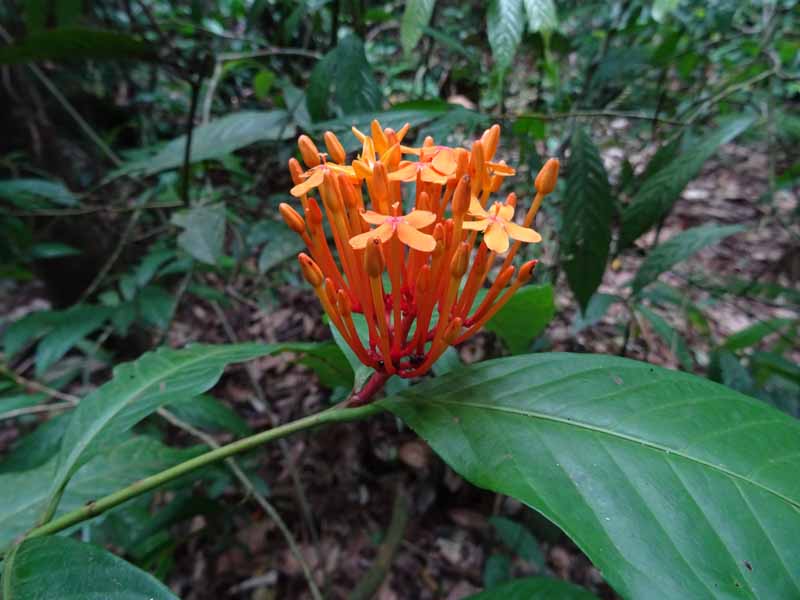
Now, as I embark on a hike through Gunung Leuser National Park, I’m reminded of how a wild rainforest should look like. Dense, native bushes blanket the lush undergrowth while winding trunks and vines soar towards the air above us; where Sumatran orangutans spend their days climbing, foraging for fruits and building nests. These are essential life skills that orangutans learn from infancy in order to survive.
The gushing torrents of Bohorok River hug the forest to hydrate the area and its inhabitants. Butterflies float amongst the serenity in this protected area, yet the reality for Sumatran orangutans shouts louder. Rescued and relocated Sumatran orangutans step through an extensive rehabilitation process depending on their age, physical, medical and emotional condition in which they arrive.
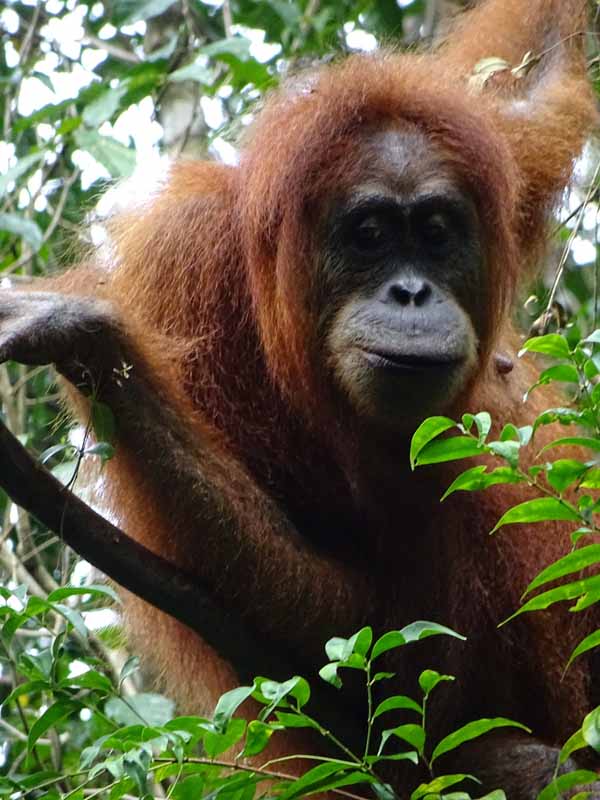
Malnourished orangutans are rescued from areas where their leafy homes have been reduced. Others have been handed in or confiscated as a result of poaching. If sold as pets, Sumatran orangutans are destined to live in unnatural and abusive environments. Many baby Sumatran orangutans arrive motherless. In order for Sumatran orangutans to survive and be rehabilitated for a successful release, each one needs to be thoroughly relieved of treatable medical ailments and versed in all aspects of orangutan life including socialising, climbing, swinging, foraging and nest-building. A number of individuals may not make it back to the wild due to the extent of their injuries or illness; there is still responsible respite for these individuals.
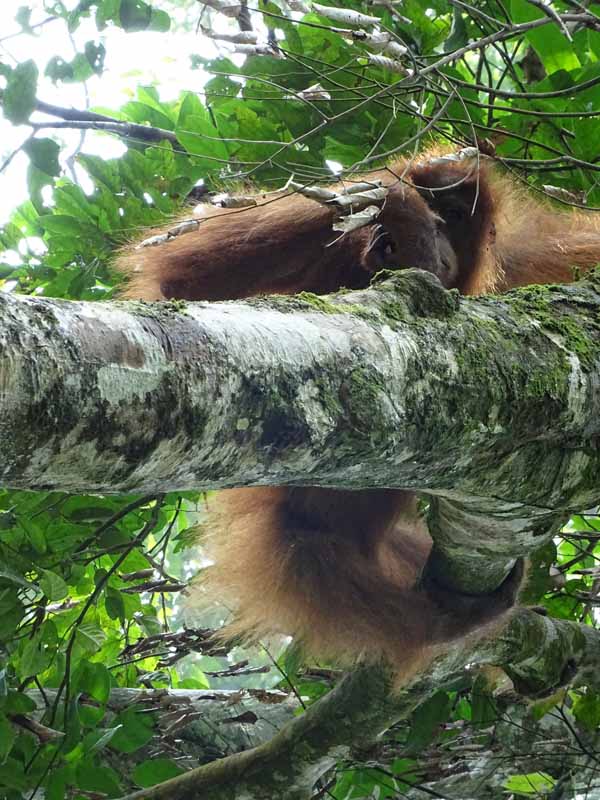
We are motioned by our guides to look upwards into the foliage above. What seems to be a clump of leaves is an orangutan nest. Leaves and branches are gathered together daily and serve as a protective spot where Sumatran orangutans can sleep and raise their infants. I freeze as I suddenly notice a gangly arm casually hanging out from this napping spot. The hairy, gingery arm is uncanny, and her nest resembles that of cubby-building with my brother as a kid. The arm swings and is then pulled back.
Within moments, our guide points our attention to the left. There’s a ruffling of branches before another mother orangutan swings into full view; her long, jointed arms are spanned across the canopy as her baby comfortingly clings to her hairy body. They are oblivious to the 10 or so metre drop below them. Sumatran orangutans generally live in solitude; adult mothers will travel alone over a hundred kilometres for food. I crouch on the path in stillness as one of our closest relatives manoeuvres herself with such speed, confidence and agility.
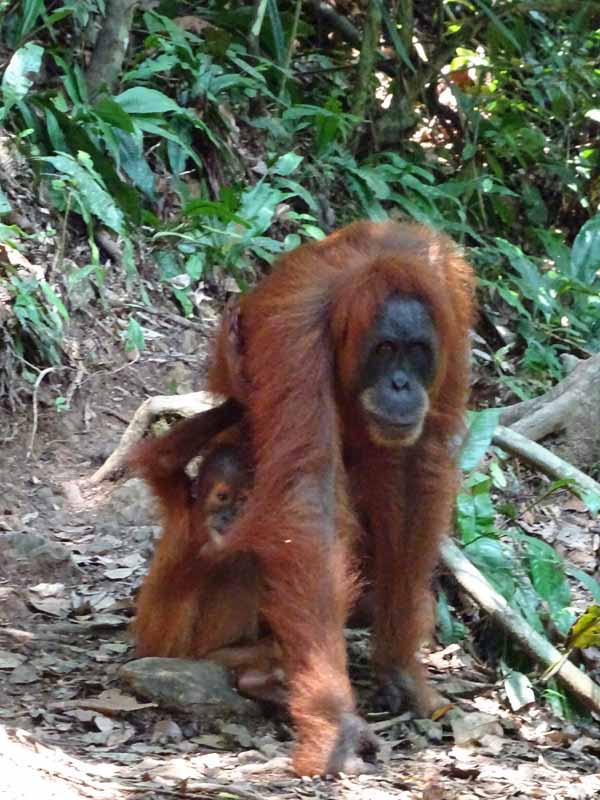
We wait for the signal to press on, so as not to pose a threat to a mum carrying such a vulnerable baby. As we trek forward we encounter more beautiful animals indigenous to this area, and just as vulnerable to habitat loss – green snakes, native fowl and Thomas leaf monkeys. We turn around a bend, and the group comes face-to-face with another mother perched on a boulder, her toddler wrapped around her torso. Motherly instinct swings her into action and she climbs off the boulder to walk on all fours along the path in our direction; a rarity for an orangutan to be walking on the ground.

We pace backwards, slowly, and I find a safe spot to squat in the foliage and admire them briefly. Mother cautiously dilutes her sense of threat yet we continue to hike on. At this moment, I wrestle with the disbelief as to why Sumatran orangutans, the “people of the forest”, are exploited. Perhaps, these natural-born travellers can teach us ways in which to reverse this.
For more information about walking with orangutans in Sumatra and The Sumatran Orangutan Conservation Programme, you can visit http://www.sumatranorangutan.org/
I adopted two baby orang-utans through The Orangutan Project – babies Rocky and Rickina. They are just gorgeous. T.O.P. do such great work in rescuing and rehabilitating these traumatised babies so that they can be released back into the jungle to live free 🙂 One day I’ll get over to see orang-utans in the wild.
Just adopted one for my niece for xmas.
My 16 year old niece has been travelling to Borneo for the past 2 years and raising money at school for these gorgeous creatures. Know what you mean we nee to help them.
Have seen these beautiful creatures in the wild in Sumatra. What a wonderful experience